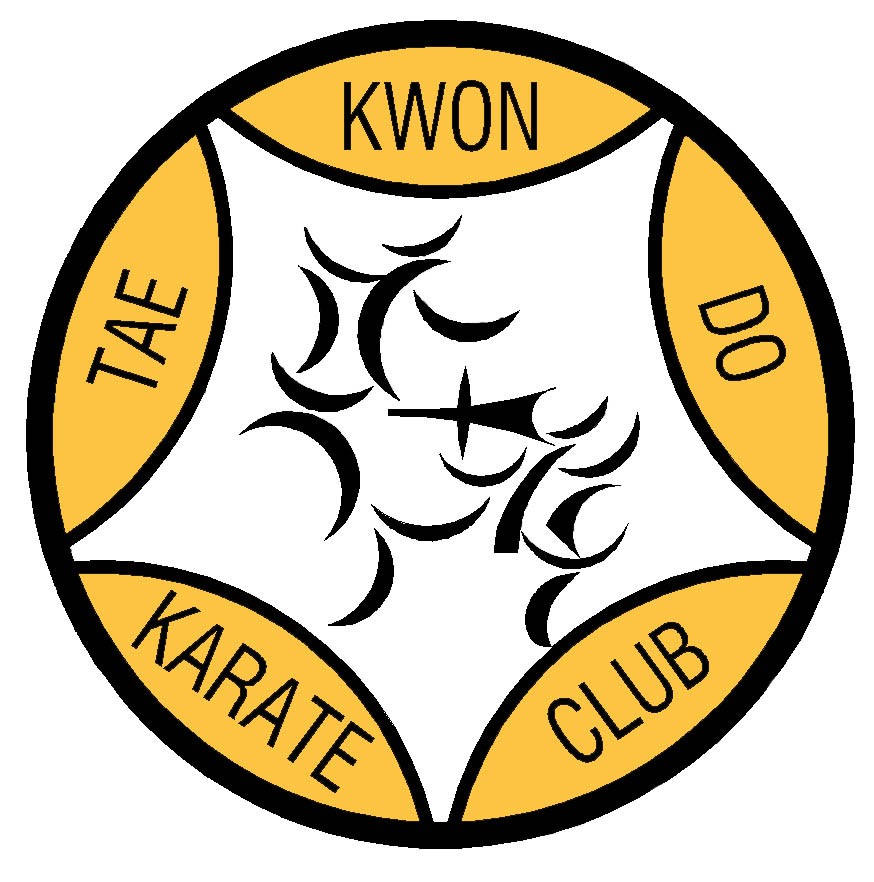


Club Philosophy
Classes
Joining
Ranks and Advancement
Choose Excellence
Honors
Regent's Seal
Katas
History
Veterans Policy
Contact Us
Korea has had a long history of the practice of martial arts and political and social change. Records as far back as the third century, during the time of the three Korean Kingdoms, indicate that young men were trained in unarmed arts. Past Korean arts such as sabuk and ssireum were practiced during the third century. During this period warriors from the Silla Kingdom were trained in taekkyeon, which is not Tae Kwon Do, but instead evolved from sabuk. This group of warriors became known as the 'Hwarang warriors'. By using these warrior arts, they defended the Korean territories and are credited with uniting the three Kingdoms of Korea.
Towards the end of the 14th century, the Joseon dynasty began. This was a period in which Confucianism, science, technology and the arts, took precedence over the study of martial arts. Koreaís practice of martial arts waned, and only the military received training in martial arts during this time period.
During the 1870ís, the Empire of Japan began its occupation of Korea. By the early 1900ís, the Empire of Japan had banned Korean ethnic practices such as taekkyeon from the population. At this point, the only martial arts training that was allowed, was in the Japanese art of karate. By the beginning of World War II, Japanese karate was the predominate martial art practiced in Korea.
As World War II came to an end, Koreans studied forms of karate such as Tang So Do and Kong So Do in the nine main gyms or kwans in Korea. At about this time, Korea won its freedom from the Japanese occupation. A Second Lieutenant in the Korean army named Choi Hong Hi, felt that Korea should have a martial art that they can truly call their own. In the past, he had been trained in Shotokan Karate. He was training Korean soldiers in the martial arts for quite some time, before he decided to carry out his plans for a unique Korean art.
By the beginning of the Korean War in 1951, Choi, now a General, had trained thousands of Korean soldiers in the arts. At this point, he met Nam Tae-hi, a Second Lieutenant, whom he ordered to teach the 29th battalion Tang So Do. His earlier students included martial artists such as Woo Jong-Lim, Kim Suk-kyu, and Jhoon Goo Rhee. Through this training and during this period, General Choi, with the help of Nam and others, developed Korean specific techniques and modifications of karate in his goal of having a Korean art. This program was the beginning of what would eventually become the art of Tae Kwon Do.
Derived from the Korean words: 'tae' (hand), 'kwon' (foot), 'Do' (way), Tae Kwon Do literally means "The way of the hand and the foot". In 1955, General Choi and Nam Tae-hi, attended a meeting of the Masters of the major kwans. At that meeting, he proposed that they unify the nine kwans under one Korean name, to identify the Korean martial art as Tae Kwon Do. Although it took many years for the South Korean government and the kwans to agree to this name unification, 'Tae Kwon Do' was eventually adopted. This was done in 1959 under the Korean Tae Kwon Do Association.
At this same time, General Choi had published his first book on Tae Kwon Do. By the end of 1960, he had published his second book which contained his theory of power. His theory of power explained, from a physics perspective, how the human body could generate substantial power, regardless of size. During this period, he, with the help of others, continued to develop and improve techniques. Choi, though his life-long effort in the development of a Korean art, is a primary founder of the art of Tae Kwon Do.
This web page is merely a summary. There is much more you can learn about Tae Kwon Do and the history of Korea.
Books on Tae Kwon Do:
- CHON-JI of Tae Kwon Do ~ Jhoon Rhee
- The Encyclopedia of TaeKwon-Do ~ General Choi
- The Complete Book of Taekwon Do Forms ~ Keith Yates
- The Complete Idiot's Guide to Tae Kwon Do ~ Karen Eden and Keith Yates
Books on Korea:
- Korea: Its History & Culture ~ Chris Wright
- A History of the Korean People in Modern Times 1800 to the Present ~ Robert T. Oliver